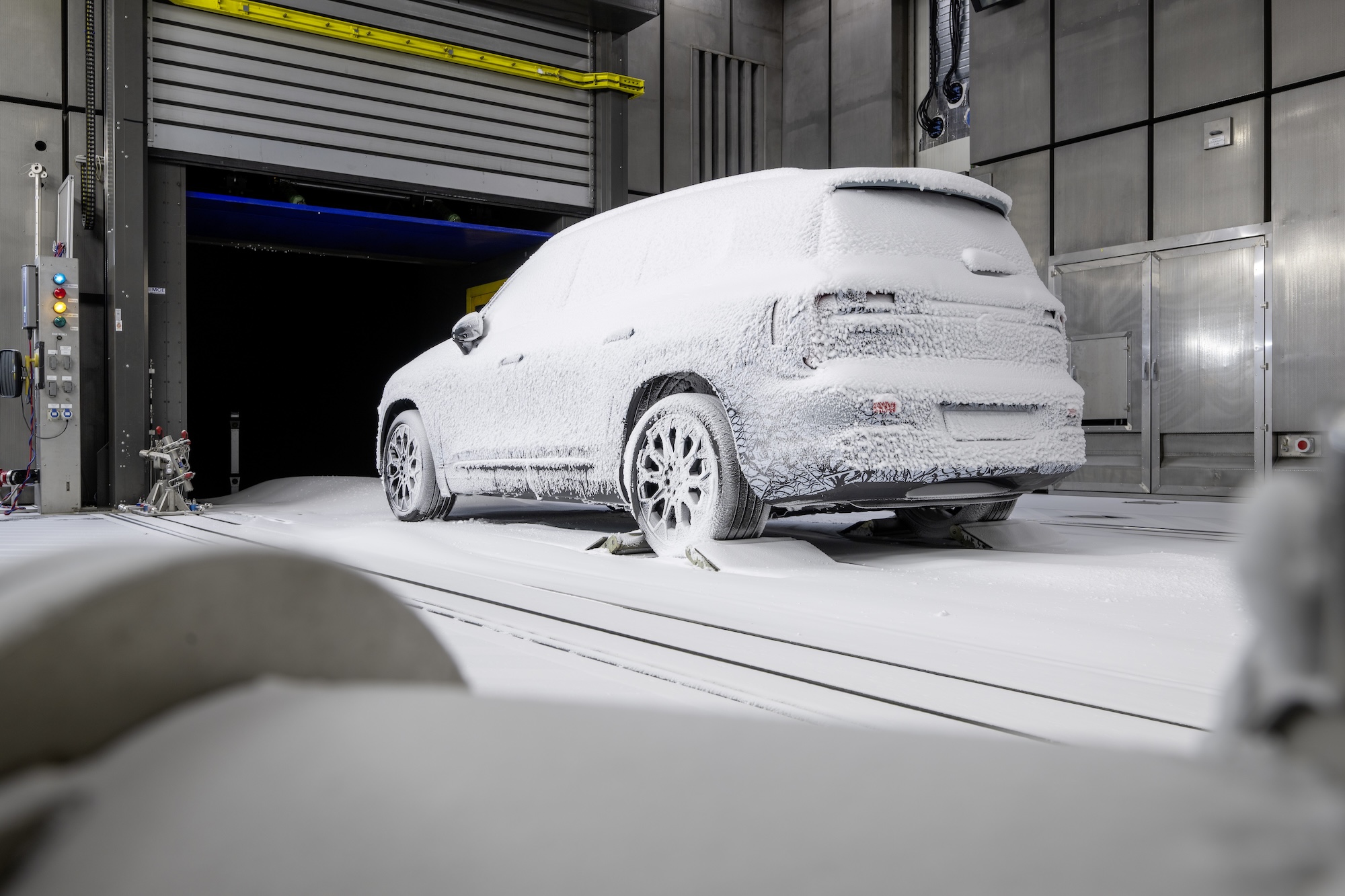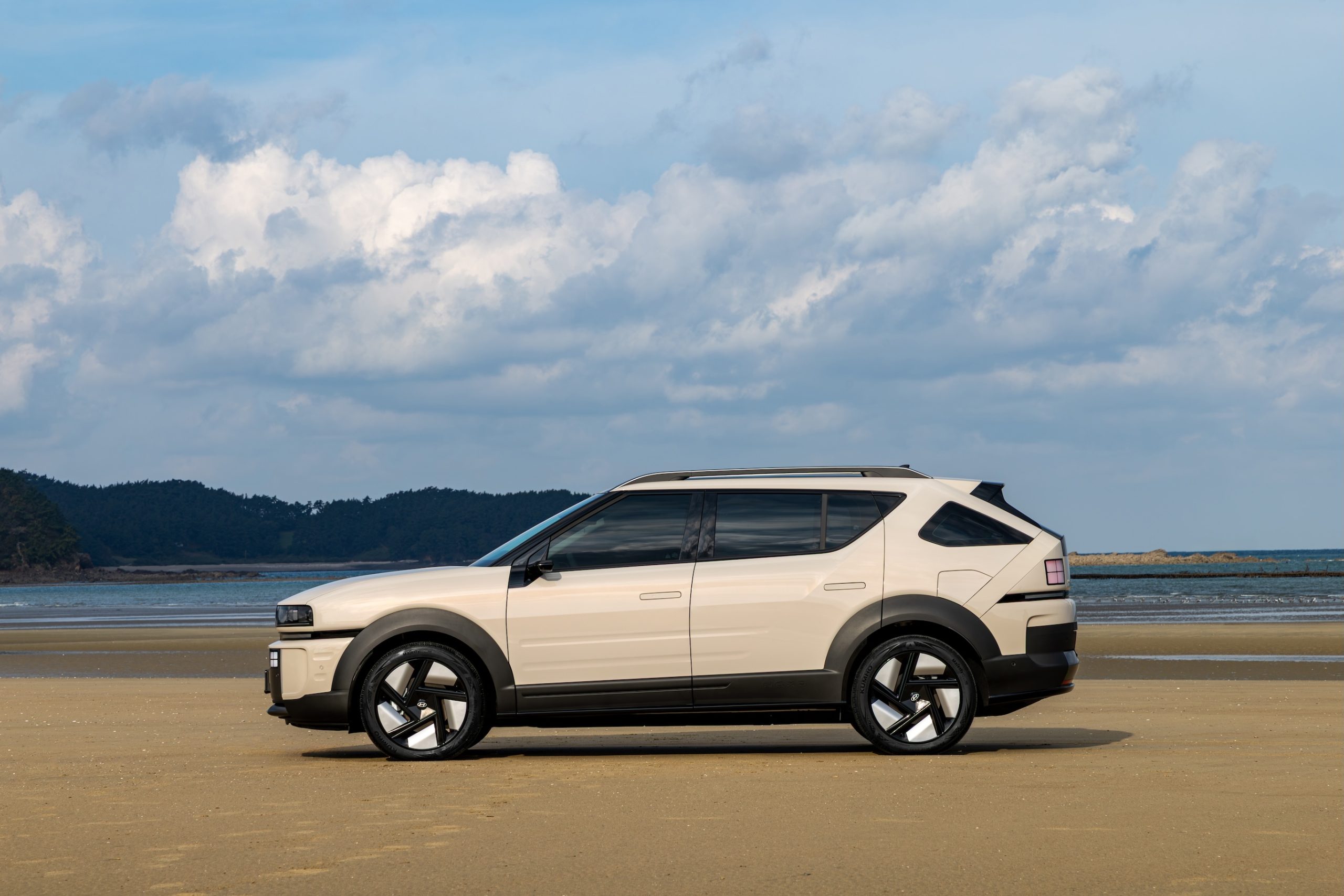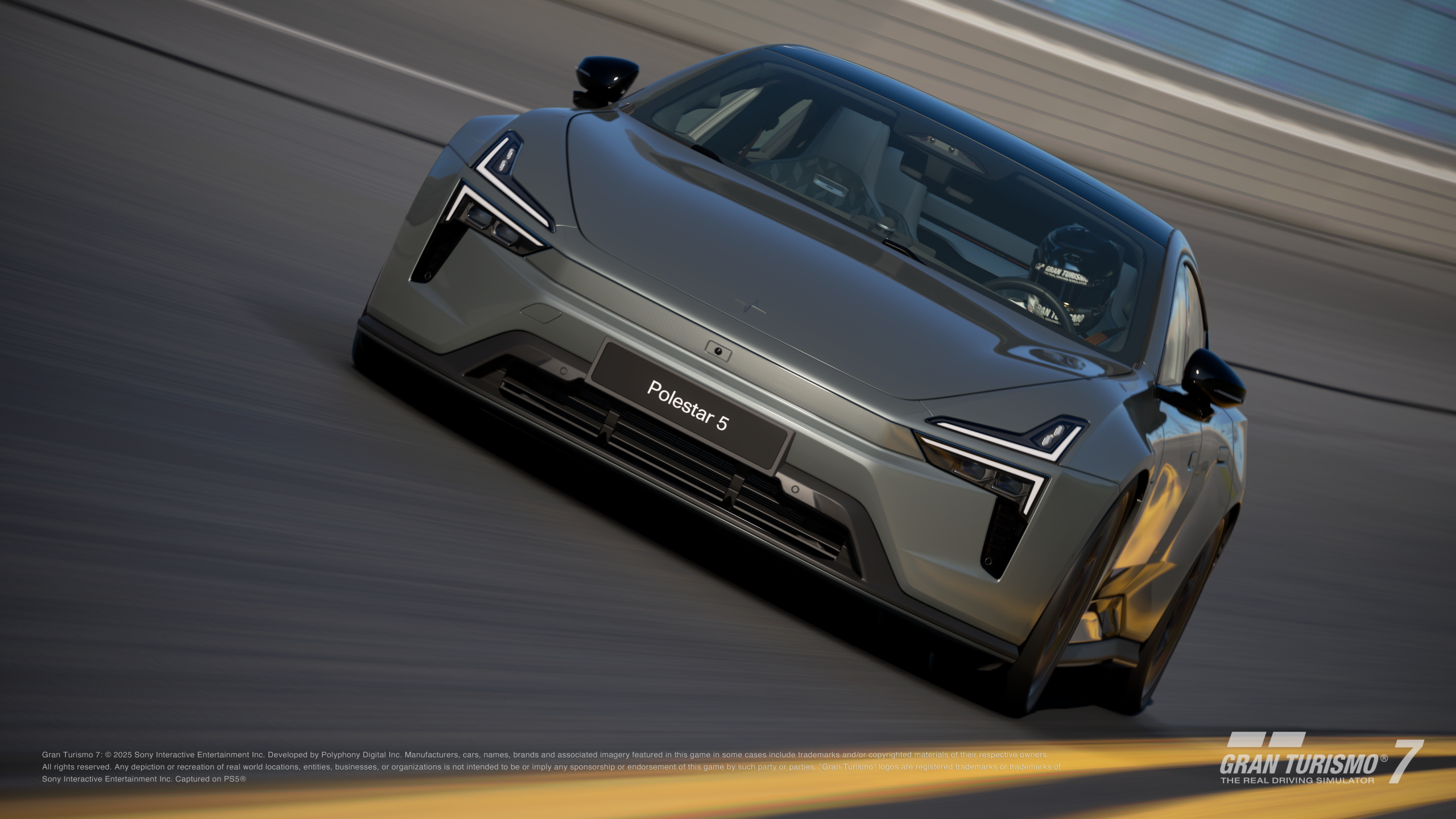Do LED Headlights Use More Battery?
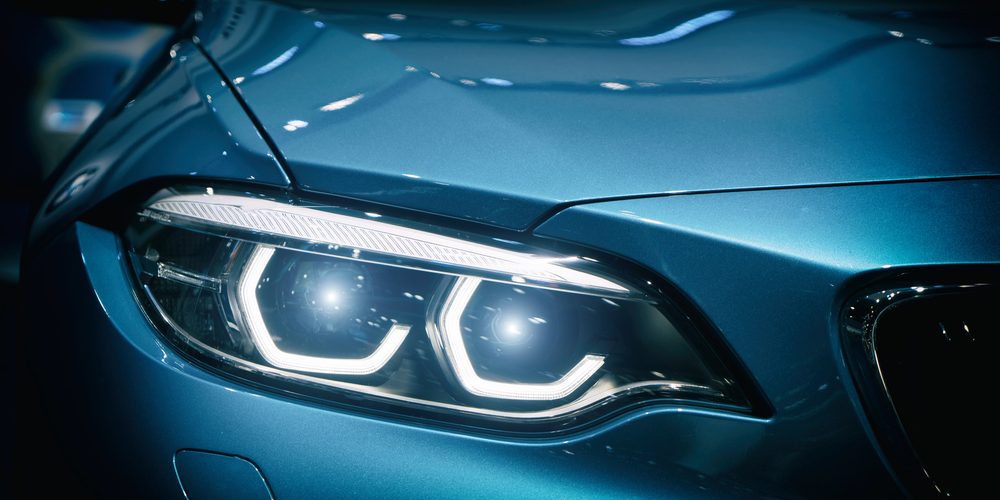
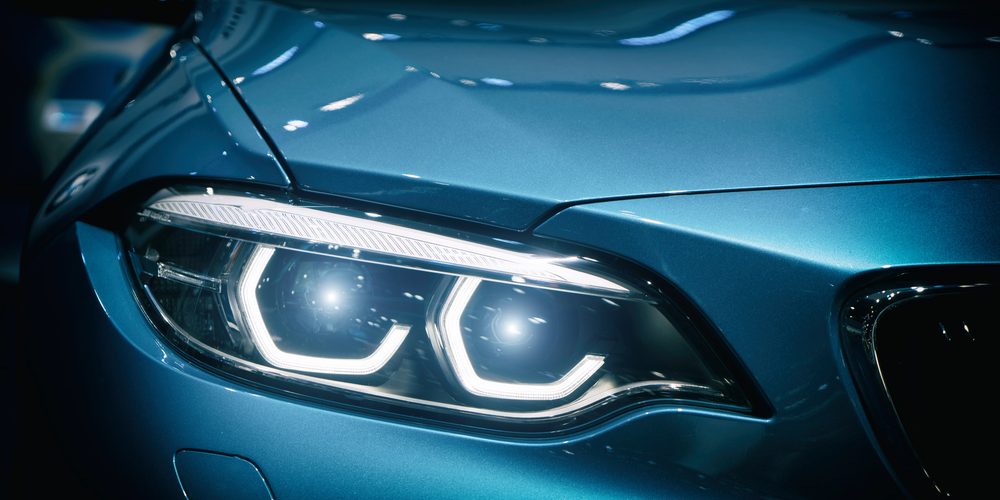
- LED headlights consume less battery power than halogen or HID bulbs, typically using 15–25 watts compared to 55–65 watts for halogens.
- Problems with battery drain usually come from cheap aftermarket kits or wiring faults, not the LEDs themselves.
- By lowering electrical demand, LEDs extend battery life, reduce alternator stress, and improve efficiency in electric and hybrid cars.
No, LED headlights do not use more battery than traditional halogen or HID lights. In fact, they use significantly less. A standard halogen headlight typically draws 55 to 65 watts of power, while an equivalent LED system will usually draw between 15 and 25 watts.
The reason is simple: LEDs convert a far greater percentage of electrical energy into usable light rather than wasting it as heat. This efficiency reduces the load on the battery and alternator, helps extend battery life, and can even improve efficiency in electric and hybrid vehicles.
The only cases where LED headlights might appear to drain more power are when poorly designed aftermarket kits, faulty wiring, or compatibility issues with older vehicles cause parasitic power draw.
To understand why LED headlights save energy rather than consume more, it is worth looking at the engineering behind them, their efficiency compared to other lighting systems, and the situations where problems can arise…
Why LED Headlights Use Less Power
Energy Conversion Efficiency
The key advantage of LEDs lies in how they produce light. A halogen bulb creates light by heating a tungsten filament until it glows, wasting up to 80 percent of the energy as heat. High-intensity discharge (HID) or xenon bulbs are more efficient, using an electrical arc across xenon gas, but still lose energy to heat.
LEDs (light-emitting diodes) generate light through electroluminescence. Electrons move across a semiconductor material and release photons directly as light. Because far less energy is lost as heat, LEDs can produce the same brightness as halogen or HID bulbs using only a fraction of the power.
- Halogen: 55–65 watts per bulb
- HID xenon: 35 watts per bulb
- LED: 15–25 watts per bulb
In practical terms, replacing a pair of halogen bulbs with LEDs can reduce headlight electrical demand by around 70 to 80 watts. That difference may seem small, but across a modern vehicle’s electrical system, every watt saved reduces alternator workload and battery strain.
Reduced Load on Electrical Systems
Because LEDs require less current, they draw fewer amps from the battery. This reduced load is especially beneficial in stop-start systems, where the alternator disengages while the engine shuts down at traffic lights. Lower demand from the headlights reduces the depth of discharge cycles on the battery, extending its usable life.
Improved Efficiency in Electric Vehicles
In electric cars, every watt of saved electricity translates into extra driving range. Running halogen headlights for a two-hour night drive might consume around 260 watt-hours, while LEDs under the same conditions consume only 80 watt-hours. That difference equates to several hundred meters of extra range, a small but meaningful advantage for EV efficiency.
When LED Headlights Might Drain a Battery
While LEDs are more efficient by design, certain conditions can make them appear to cause excessive battery drain. These are not inherent flaws in the technology but rather side effects of installation, vehicle design, or product quality.
Cheap Aftermarket Kits
Many aftermarket LED conversion kits are poorly engineered. Low-cost kits often lack proper resistors or CANBUS decoders, which are electronic modules that communicate with the car’s onboard computer. Without these components, the vehicle may incorrectly detect a bulb failure and keep the circuit active, causing continuous current draw even when the car is off.
Faulty Installation or Wiring
Improper wiring can create parasitic drain. For example, connecting LED lights directly to battery-positive circuits without relays may leave them partially energized when the ignition is off. Loose earth connections can also cause electrical leakage, which slowly drains the battery over time.
Compatibility with Older Vehicles
Some cars built before LEDs became common are not designed to handle low-resistance circuits. Their systems expect the higher current draw of halogen bulbs, so when fitted with LEDs, they may trigger warning lights, cause flickering, or mismanage power supply. In some cases, the system compensates by sending a continuous low-level current, leading to drain.
Environmental Factors
Cold weather can exaggerate minor parasitic draws, making it look like LED headlights are at fault. In reality, a small current leak in sub-zero temperatures can deplete a marginal battery much faster.
Benefits of LED Headlights for Battery and Vehicle Life
Extended Battery Longevity
Because LEDs use less power, they reduce the depth of discharge in the battery during night driving. This is especially important for vehicles with stop-start systems or hybrid drivetrains, where the 12-volt battery is under heavy cycling demand. By reducing the electrical load, LEDs indirectly extend the life of the battery.
Reduced Alternator Stress
In combustion cars, lower electrical demand means the alternator does not need to generate as much current. This reduces engine drag, slightly improves fuel economy, and reduces wear on alternator components.
Gains for Hybrid and Electric Cars
In EVs and hybrids, energy saved on headlights becomes available for propulsion or auxiliary systems. This efficiency supports better range figures and lowers thermal stress on the battery pack, contributing to longer overall life.
Comparing LED, Halogen, and HID Bulbs
To fully understand the efficiency advantage, it helps to compare the three main types of automotive headlights.
- Halogen bulbs: Standard for decades. Simple and cheap to manufacture but highly inefficient. Draw around 55–65 watts per bulb, wasting most of the energy as heat.
- HID (xenon) bulbs: Introduced as a premium upgrade in the 1990s. Use an electric arc in xenon gas to produce light. Draw around 35 watts per bulb, brighter than halogen but slower to warm up.
- LED headlights: Modern standard for most new cars. Produce light through electroluminescence in a semiconductor. Draw around 15–25 watts per bulb, achieve full brightness instantly, and generate less waste heat.
This reduction in wattage translates into lower strain on the car’s electrical system. For a two-headlamp setup:
- Halogen pair: 110–130 watts total
- HID pair: 70 watts total
- LED pair: 30–50 watts total
The savings in electrical load are clear.
Why Some People Believe LEDs Drain Batteries
Drivers sometimes blame LED headlights when their battery dies, but in many cases, the real issue is a failing alternator, parasitic drain from unrelated modules, or a weak battery at the end of its service life.
If LEDs flicker or display dashboard warnings, it is usually due to missing resistors or compatibility problems, not excessive power draw. These issues can confuse owners into thinking the lights are consuming more energy.
How to Avoid LED Battery Problems
Opt for OEM LEDs or high-quality aftermarket systems that include CANBUS decoders and proper resistors. These ensure the car recognises the headlights correctly and avoids false error messages.
Improper wiring is the leading cause of parasitic drain with LED retrofits. Using proper relays and connections prevents unnecessary current leakage.
Even efficient lights cannot compensate for a failing alternator or weak battery. Regular testing and maintenance ensure the whole system supports LED performance without unexpected drain.
Broader Benefits of LEDs Beyond Energy Use
An LED headlight can last 20,000 hours or more, compared to 500 to 1,000 hours for halogen bulbs. Fewer replacements reduce overall environmental impact and maintenance costs.
Because LEDs achieve full brightness instantly, they improve driver reaction time compared to HIDs, which need warm-up periods.
Although LEDs produce less heat overall, they still require heatsinks and fans to manage localised thermal output. This prevents failure of the diodes themselves and ensures stable light output.
If you enjoyed this article, be sure to follow us on Microsoft Start.
LED Headlight FAQs
Does a LED headlight consume more battery?
No, LED headlights do not consume more battery. They typically use between 15 and 25 watts per bulb, compared to halogen bulbs that draw 55 to 65 watts each. This efficiency comes from how LEDs convert electrical energy directly into light rather than wasting most of it as heat. The reduced current draw means less strain on the battery and alternator, which helps extend battery life over time.
What is the downside of LED headlights?
The main downside of LED headlights is cost and potential compatibility issues. Factory-installed LED systems are more expensive to replace than halogen or HID bulbs, sometimes costing several hundred dollars per unit. Aftermarket LED kits can also cause problems if they are poorly designed, leading to flickering, dashboard error messages, or beam patterns that fail to meet safety regulations. Additionally, while LEDs produce less heat overall, they concentrate heat at the diode itself, requiring cooling fans or heat sinks to prevent premature failure.
Do LED lights drain your car battery?
LED headlights do not drain your car battery more than standard bulbs. In fact, they consume far less power. However, if an LED conversion kit is poorly installed or lacks proper resistors, it may create a small parasitic draw that continues even when the car is off. This is not a fault of the LEDs themselves but rather an issue with installation or cheap aftermarket components. Properly installed LEDs reduce electrical demand and help protect the battery from excessive load.
Is it worth upgrading to LED headlights?
Yes, upgrading to LED headlights is generally worth it. They offer brighter and whiter light output that improves nighttime visibility and safety. They last much longer than halogen bulbs, often 20,000 hours or more compared to 500–1,000 hours. LEDs also use less power, reducing battery strain and supporting better efficiency in electric vehicles. The only caution is to choose quality products and ensure they are compatible with your car’s electrical system and headlamp housings.
What is the lifespan of LED headlights?
LED headlights can last up to 20,000 hours or more, far exceeding the 500–1,000 hours of halogen bulbs and the 2,000–3,000 hours of HID bulbs. This extended service life means drivers may never need to replace factory-installed LEDs during the lifetime of the car. Their longevity comes from solid-state construction with no filaments to burn out, though proper cooling with fans or heat sinks is necessary to prevent premature failure.
What are some disadvantages of LED lights?
The disadvantages of LED lights include higher upfront cost, potential installation complexity, and the need for proper cooling. Cheap aftermarket kits may cause electrical errors or poor beam focus that can dazzle other drivers. Some vehicles require CANBUS adapters to prevent dashboard warnings when LEDs are installed. While energy-efficient and long-lasting, LEDs are not always plug-and-play replacements in older cars, so drivers should ensure they meet both legal and safety standards.
Is it okay to replace halogen headlights with LEDs?
It is possible to replace halogen headlights with LEDs, but it must be done carefully. Direct replacement bulbs are widely available, but not all of them meet road safety regulations. Installing LEDs in a housing designed for halogen bulbs can sometimes lead to improper beam patterns, which reduce visibility and create glare for other drivers. To do the upgrade safely, it is best to use LED kits designed for your specific car model or opt for OEM-approved LED headlamps.


